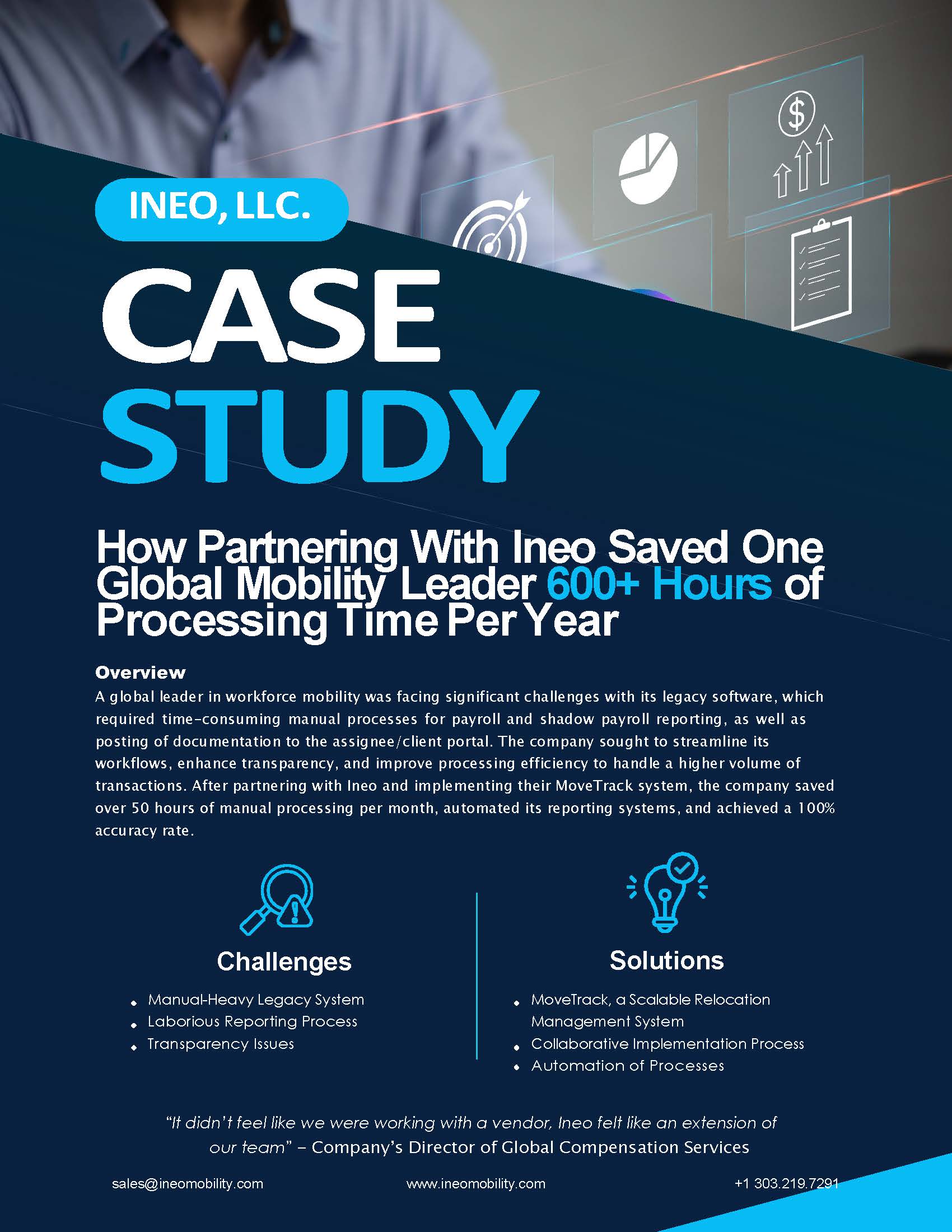Demystifying Tax Equalization

Tax equalization is potentially my favorite topic when it comes to international compensation for mobile employees on assignment for an extended period. However, for many participants in the mobility process, from program office to individual assignees, the topic can seem overwhelming and confusing. Blame the terminology and the plethora of numbers associated with year-end settlements that in turn are linked to increasingly complicated international tax policy and filing of returns. In truth, tax equalization is a simple and straight forward approach to managing one of mobility’s highest spends. Let’s demystify…
Overarching Concern
Most of us are conscious to the stark reality that taxes are one of our biggest spends. Depending on one’s country, earnings, and family size, taxes can eat up well over half of gross income. It’s easy to understand why, when an individual goes on assignment, s/he really doesn’t want to be on the hook for additional taxes.
The flip side of the story is that the employer wants to make sure the assignee covers at least the portion of taxes they would have paid had they never gone on assignment. Anything less than that would increase the cost of the assignment to the company significantly, with the company’s tax liability already one of the biggest costs shouldered.
Bottom line, the employee should spend no more and no less money on taxes than if they had never gone on assignment. The question therefore is, with rules and regulations differing from country to country, how does a company ensure that the employee and company are tax compliant while simultaneously ensuring neither the employee or the company are financially worse off?
There are a few possible answers, including laissez faire, tax protection and tax equalization.
Tax equalization is the most prevalent method for US outbound employees. The reason for this is the necessity to continue filing one’s US tax return, as the US taxes based on citizenship versus on location. Ideally, there is still the capability to generate a W2, which will also include global income. Because of this, there is a possibility for taxes in both the US and the foreign location. This puts the transferee in a tricky financial situation to cover all the taxes.
In Practice
The very simple concept of tax equalization is this: The employer pays all the actual taxes that are due in both the home and host location. The employee has a hypothetical tax withheld throughout the year as an estimate of what he would have paid on this base compensation (salary and bonus, etc.). The employer uses these withholdings to fund the tax payments in both locations, effectively offsetting the net tax cost to the company. At year end there is a final calculation done utilizing all pertinent information – including the actual base compensation earned for the year – to determine exactly what the employee’s responsibility would be had s/he never gone on assignment. This is compared to the amount of hypothetical tax withheld for the year, and the difference is settled either to or from the company.
Effectively, the employee covers their responsibility through a periodic withholding mechanism followed by an annual reconciliation, and the employer’s basis is covered as they can use those funds to reduce the tax cost of the assignment.
It does not have to be any harder than that. When the numbers are on the page it can seem overwhelming. But as an easy way of knowing whether the employee is taken care of, compare a year’s worth of tax payments from before assignment to the employee’s responsibility as noted on the tax equalization settlement. Assuming a rather consistent salary and family situation, the tax funded should be within the same ballpark.
Word of Caution
There are certain commonly encountered scenarios that complicate the calculation under tax equalization but that company policies may not have specifically addressed:
- Spousal income
- Exercise of stock options
- Rental of principal residence
While the concept is rather simple, the calculations can get rather complex. Also, in the US, unless the company obtains power of attorney (which is not recommended), the employee will receive any refunds that are technically due to the company. The amounts and flow of cash can be substantial.
When you see a 6-figure settlement on the tax equalization settlement, make sure that everything makes sense. Focus on the “net cash in pocket” number, as this is what the settlement will be when all of the refunds and payments due are finalized. If the net cash in pocket is substantial, then you should look at how the hypothetical tax was calculated. The initial calculation may have utilized incorrect information and need adjustment to more accurately reflect the employee’s obligation in withholding requirements. This should minimize the difference between what is being withheld from the employee and the total obligation of the employee when the next settlement is completed.
Don’t let the size of the numbers and tax lingo disturb you! Remember the intended function of the process and focus on what really matters. Is the employee being fairly treated in their tax obligation? Is the employer using the hypothetical tax withholding correctly to fund the tax obligation globally? If the answer to both questions is yes, then the process is working just fine. It needn’t be any more complicated than that.
About the Author: Jonathan Frick is Manager, Global Mobility for Ineo. He supports clients using the global compensation module of Ineo’s global mobility software and financial solutions, partnering with them to produce the best processes and tools to manage their programs efficiently, effectively, and compliantly.
Global Mobility Resources
Learn more about what’s going on at Ineo and insights into the complex world of global mobility from the industry’s top thought leaders and innovators.
Request A Demo
Whether you are new to the world of global mobility or you’ve been in the business for a while, Ineo is here to assist you.
The best way to learn how Ineo’s global mobility software can help your company revolutionize your global mobility program and support your business strategy is to see it in a demo.
Fill out this form to get started today.
Get Started






